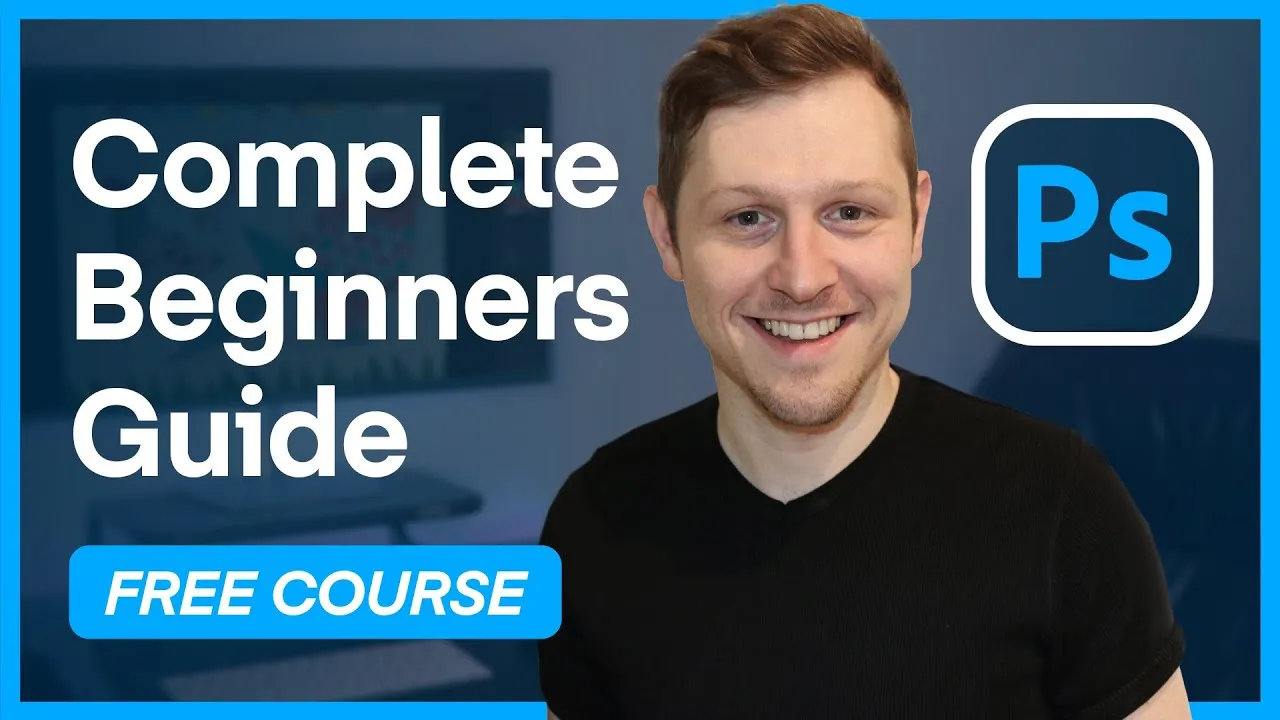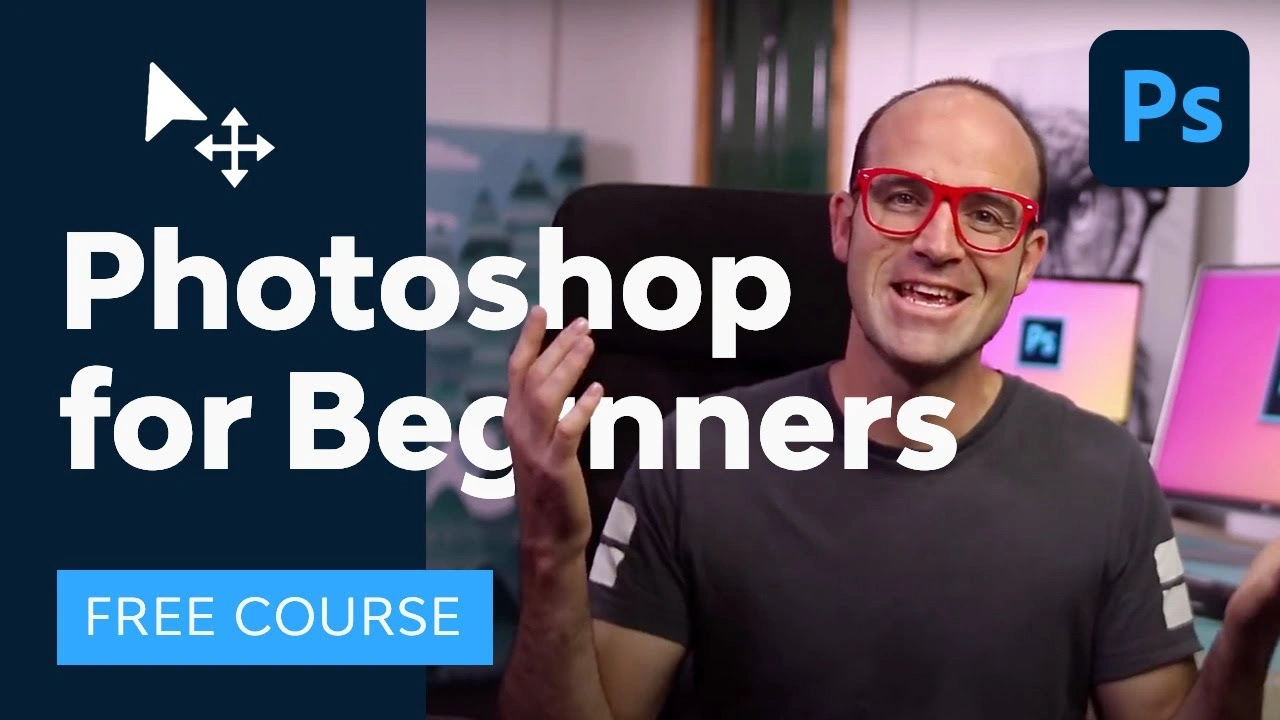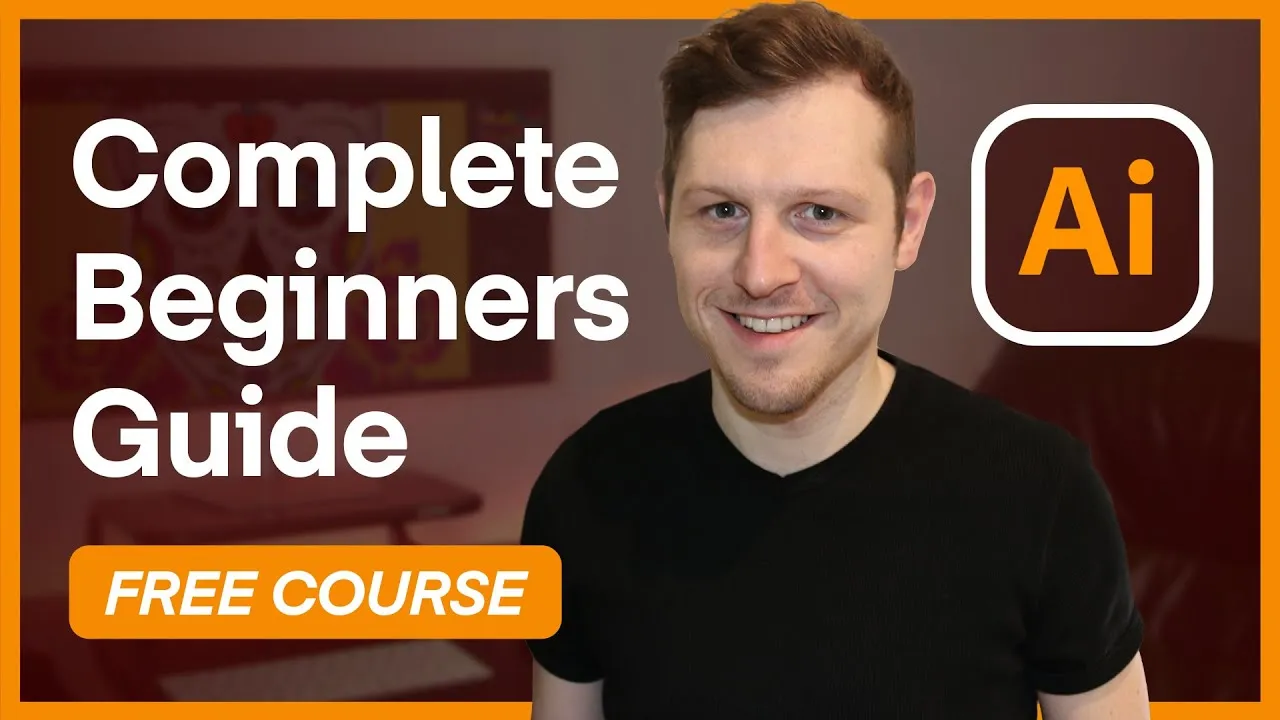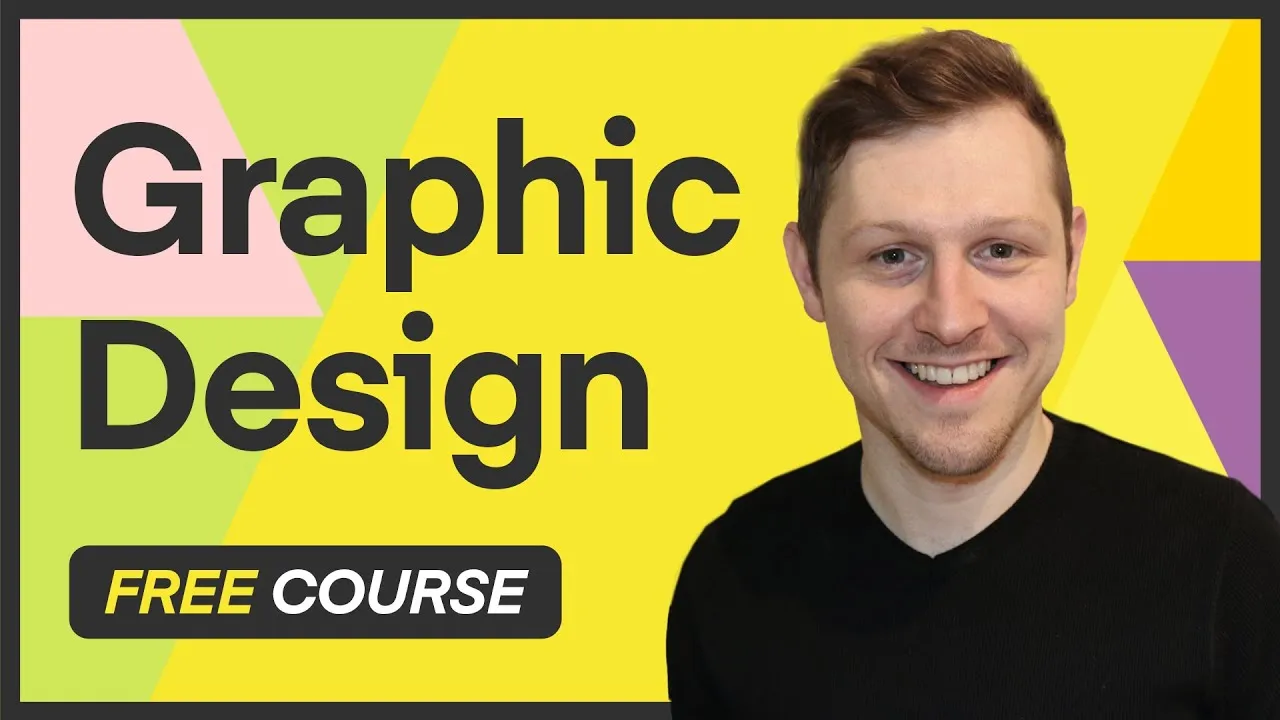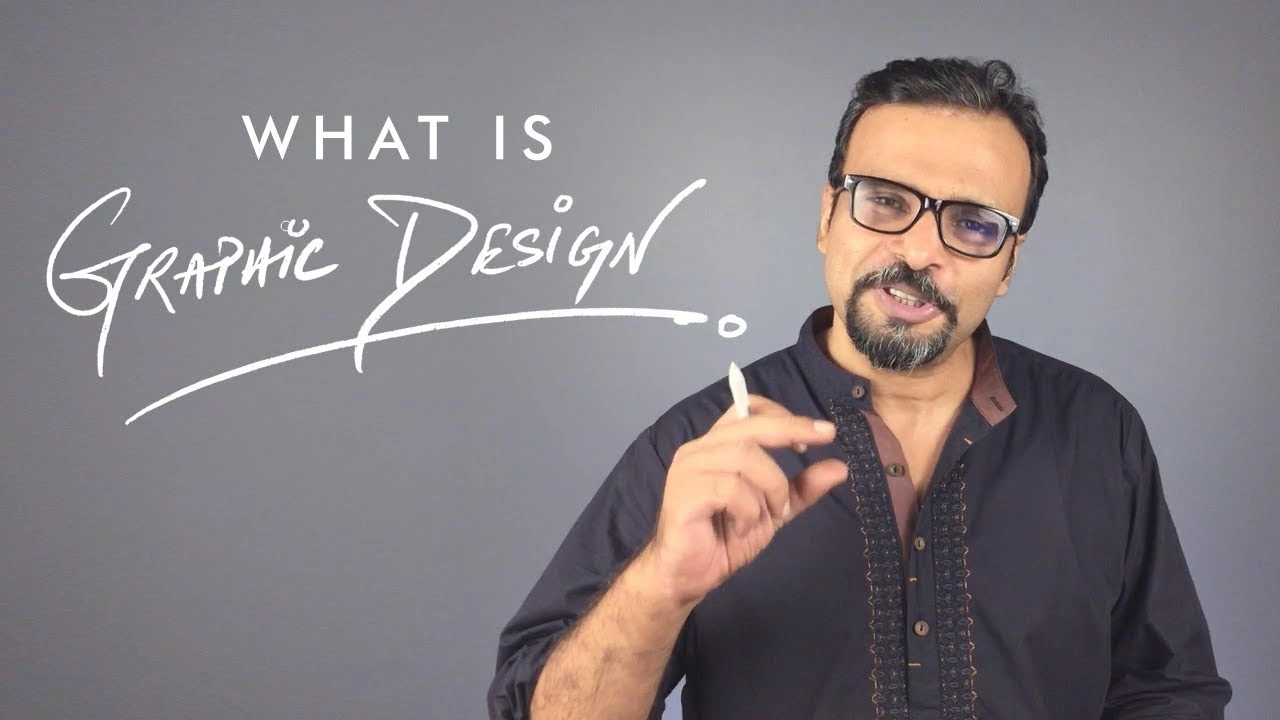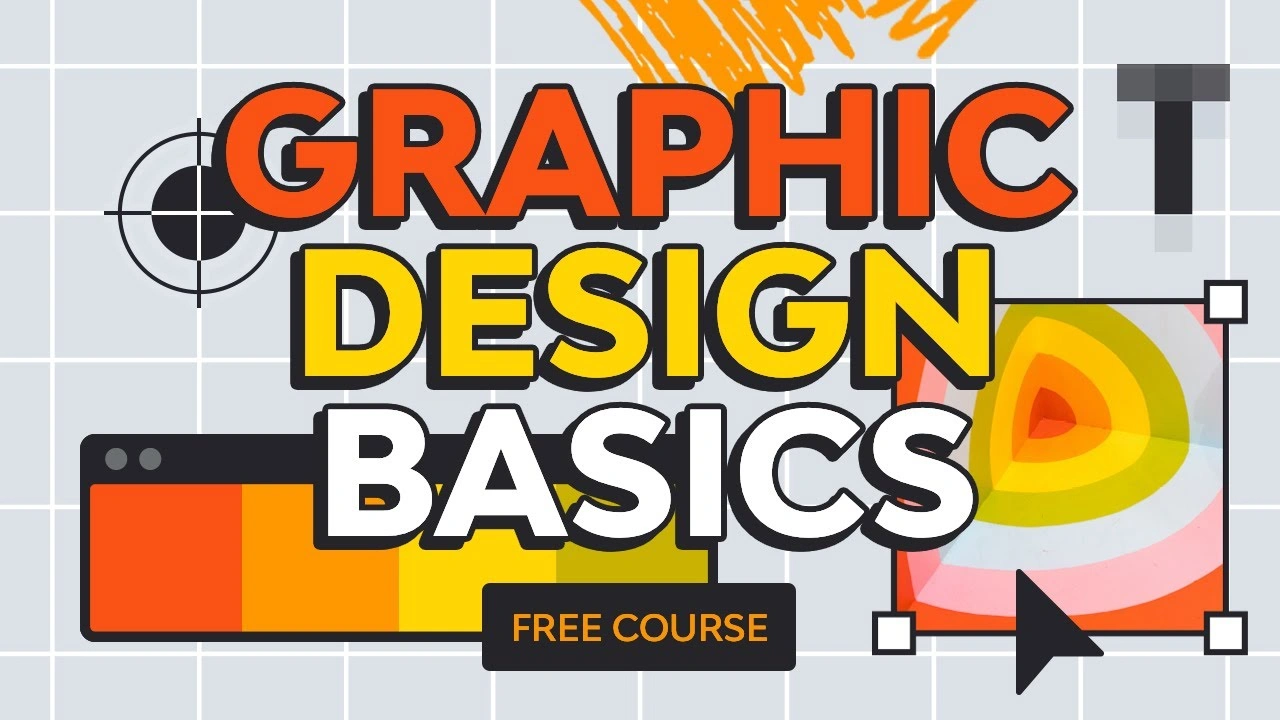
Fundamental of Graphics Design Course for Beginner
In this complete Fundamental of Graphics Design Course for Beginners, you’ll learn how to apply design theory to create stunning print and digital products, understand the professional design workflow, and utilize design assets to produce your best work. Whether you’re a beginner or looking to refine your skills, this course covers everything from the basics […]
 Envato Tuts+
Envato Tuts+

Description
In this complete Fundamental of Graphics Design Course for Beginners, you’ll learn how to apply design theory to create stunning print and digital products, understand the professional design workflow, and utilize design assets to produce your best work. Whether you’re a beginner or looking to refine your skills, this course covers everything from the basics of graphic design to advanced techniques, including the role of technology and AI in modern design.
This Fundamental of Graphics Design Course for Beginner is structured to provide a step-by-step guide to mastering graphic design.
Here’s a detailed breakdown of what you’ll explore in Fundamental of Graphics Design Course:
1. Graphic Design Basics
The course begins with an introduction to graphic design fundamentals, explaining what graphic design is and why it’s essential in today’s visual-driven world. You’ll gain a clear understanding of the role of a graphic designer and the impact of design on communication and branding.
2. The History of Graphic Design
Dive into the evolution of graphic design, from its early beginnings to the modern era. Understanding the history of design will give you context and inspiration for your own work, helping you appreciate how design trends and techniques have developed over time.
3. Design Theory & Principles
Learn the core principles of design, including balance, contrast, alignment, repetition, proximity, and space. These principles are the foundation of all great design work and will guide you in creating visually appealing and effective designs.
4. Basic Design Principles
Explore the building blocks of design, such as layout, composition, and hierarchy. You’ll learn how to arrange elements on a page or screen to create a cohesive and engaging design that communicates your message clearly.
5. Color Theory
Color is one of the most powerful tools in a designer’s toolkit. In this section, you’ll learn about color psychology, the color wheel, and how to create harmonious color palettes. You’ll also discover how to use color to evoke emotions and convey meaning in your designs.
6. Typography
Typography is a critical aspect of design that can make or break your work. You’ll learn about font selection, type hierarchy, and how to pair fonts effectively. This section also covers the anatomy of type and how to use typography to enhance readability and visual appeal.
7. Design Theory in Action
See how design theory is applied in real-world projects. This section bridges the gap between theory and practice, showing you how to implement design principles to create professional-quality work.
8. Print Design
Discover the unique considerations for print design, including file formats, resolution, and color modes. You’ll learn how to design for various print mediums, such as brochures, posters, and business cards, ensuring your designs look great both on-screen and in print.
9. Digital Product Design
Digital design requires a different approach than print. In this section, you’ll explore the principles of digital product design, including user experience (UX) and user interface (UI) design. You’ll learn how to create designs that are not only visually appealing but also functional and user-friendly.
10. Digital Design
Expand your skills in digital design, focusing on web design, social media graphics, and other digital formats. You’ll learn how to adapt your designs for different screen sizes and resolutions, ensuring they look great on any device.
11. Brand Design
Branding is a crucial aspect of graphic design. In this section, you’ll learn how to create consistent and impactful brand identities, including logos, color schemes, and typography. You’ll also explore how to design brand guidelines that ensure consistency across all touchpoints.
12. Design Tools
Get familiar with the essential tools and software used by professional designers, such as Adobe Photoshop, Illustrator, and InDesign. You’ll learn how to use these tools to bring your creative ideas to life.
13. Design Workflow
Understand the step-by-step workflow of a professional designer, from concept development to final delivery. You’ll learn how to manage your time effectively, collaborate with clients, and ensure your designs meet project requirements.
14. Color & Design Assets
Learn how to use color palettes and design assets to streamline your workflow and maintain consistency across projects. This section also covers how to create and organize design libraries for easy access to frequently used elements.
15. Technology & AI in Design
Explore the role of technology and AI in modern graphic design. You’ll learn how tools like Adobe Sensei and Canva’s AI features can enhance your design process, making it faster and more efficient.
16. Conclusion
The course wraps up with a summary of key takeaways and tips for continuing your design journey. You’ll leave with a solid foundation in graphic design and the confidence to tackle any design project, whether for print or digital platforms.
Don’t wait to unlock your creative potential. Enroll in this Fundamental of Graphics Design Course and take the first step toward mastering the art of visual communication. With expert guidance, practical examples, and hands-on exercises, you’ll be creating professional designs in no time.
Related Courses
Discover top-rated online courses from leading platforms.
